Enhance Your Makeup Skills While Caring for Dry Eyes
In the dynamic realm of beauty, many women face a significant challenge: achieving the perfect look while safeguarding their eye health. As we master techniques such as applying winged eyeliner, volumizing mascara, and perfecting the smoky eye appearance, an increasing number of individuals are grappling with an unforeseen hurdle—dry eye syndrome.
This condition, which occurs when the eyes either lack sufficient tear production or have tears of poor quality, compels many to reconsider their approach to makeup. The discomfort and irritation caused by this syndrome can lead some to forego makeup entirely, which is particularly concerning for those eager to express their creativity through cosmetics.
Discovering ÈYES ARE THE STORY: Merging Science with Beauty
At the forefront of this innovative movement is ÈYES ARE THE STORY, a unique brand that seamlessly combines scientific research with beauty formulations. The remarkable journey of founder Amy Gallant Sullivan exemplifies not only her profound commitment to eye health but also her family’s pivotal roles in advancing this field.
Amy grew up in a household filled with healthcare professionals, fostering an early appreciation for the intricacies of ocular science. Her father, David A. Sullivan, was an Associate Professor of Ophthalmology at Harvard Medical School, while her brother, Benjamin D. Sullivan, was instrumental in founding TearLab, now known as ScoutPro under Trukera Medical.
Moreover, her mother, Rose, an intensive care nurse, offers invaluable insights into conditions such as dry eye disease (DED) and meibomian gland dysfunction (MGD).
Growing up amidst discussions surrounding eye health naturally heightened her awareness of ocular surface disease (OSD) and its broader implications. It was during her active involvement with the Tear Film & Ocular Surface Society (TFOS) that Amy understood the pressing demand for consumer products that prioritize eye safety.
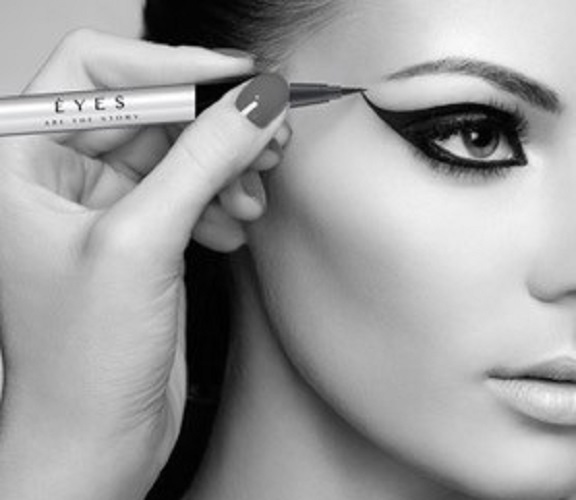
Understanding the Gender Disparity in Dry Eye Disease Prevalence
A pivotal moment in Amy’s career came when she learned that dry eye disease disproportionately affects women, occurring nearly twice as frequently as in men. This discovery sparked a vital inquiry: Which activities are more commonly associated with women compared to men?
The answer is evident—cosmetic usage. Research shows that women utilize approximately 12 beauty products daily, while men typically use around six.
As Amy delved deeper into her research, she uncovered alarming truths regarding the ingredients commonly found in cosmetics.
For example, benzalkonium chloride (BAK), a preservative often used in glaucoma treatments, is also found in many cosmetic formulations, including eye makeup.
What’s even more concerning is that the permitted concentration of BAK in cosmetics can be thousands of times greater than that found in glaucoma medications, raising significant concerns about the safety of these products for sensitive eye health.
This shocking revelation propelled Amy into a rigorous two-decade long research journey to explore the connections between cosmetics and dry eyes. Her dedication culminated in the creation of ÈYES ARE THE STORY—a pioneering line of cosmetics and skincare designed specifically for individuals with sensitive eyes. Amy coined the term “optocosmetics” to represent this groundbreaking fusion of beauty and pharmaceutical science that prioritizes eye safety.
Identifying Dry Eye Syndrome: Key Symptoms and Underlying Causes
What is dry eye syndrome, and why is its occurrence becoming increasingly common?
This syndrome occurs when the eyes fail to produce enough quality tears for adequate lubrication or when they struggle to keep tears on the surface.
This condition can manifest through various uncomfortable symptoms, which may include:
- Stinging or burning sensations in the eyes
- A gritty or sandy feeling in the eyes
- Redness and irritation
- Blurred vision
- Heightened sensitivity to light
- Difficulty in comfortably wearing contact lenses
Examining the Intricate Link Between Cosmetics and Dry Eyes
The relationship between makeup and dry eyes is both intricate and multifaceted. Those shimmering eyeshadows we cherish? The minute particles can penetrate the tear film, causing irritation and discomfort.
As for the mascara that enhances our lashes? It may contain bacteria that can worsen eye discomfort. Furthermore, the process of applying and removing eye makeup can disrupt the delicate tear film, which is crucial for maintaining eye health and lubrication.
Exploring Why Women Experience Higher Rates of Dry Eyes
Women face a higher risk of developing dry eyes due to several contributing factors. Hormonal fluctuations across their lifespan, particularly during menopause, can drastically affect tear production.
Additionally, the incidence of autoimmune disorders such as Sjögren’s syndrome is significantly elevated among women, exacerbating the issue. Most importantly, the frequent application of eye makeup and the growing trend of using false lashes can disturb the essential balance needed for maintaining optimal eye health.
The Article Cosmetics for Dry Eyes: Makeup Tips for Sensitive Skin Was Found On https://limitsofstrategy.com
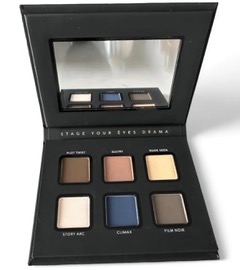
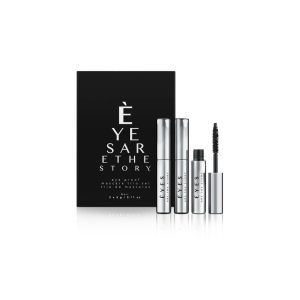
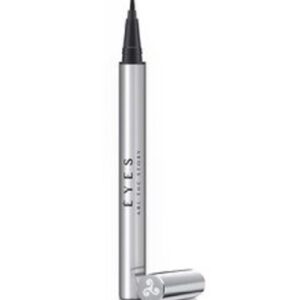
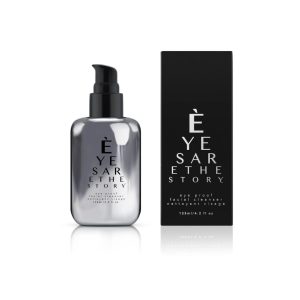





Comments are closed